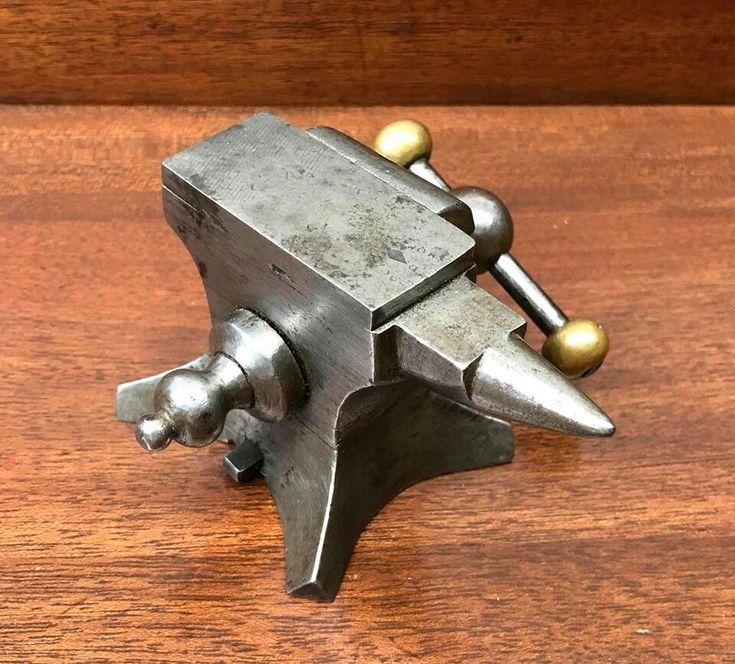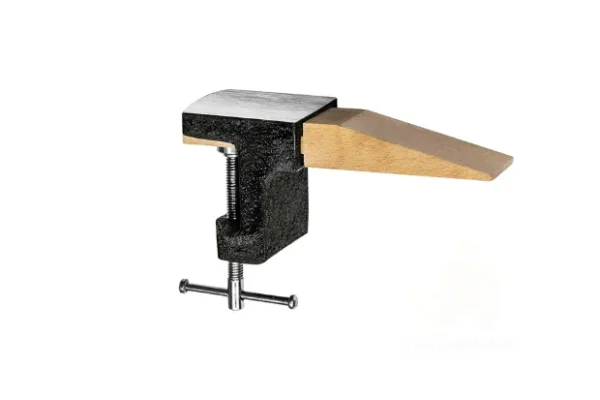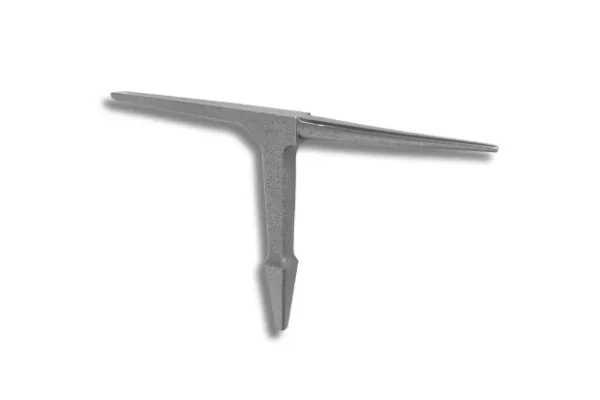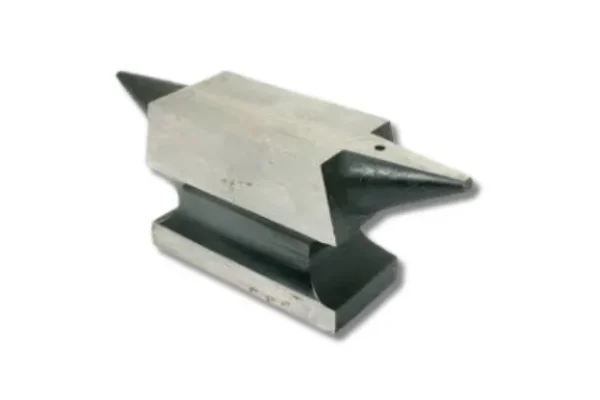Anvils are the cornerstone of metalworking, playing an essential role in various industries, from traditional blacksmithing to modern-day fabrication. These heavy-duty tools offer a stable platform for hammering, cutting, and shaping metals, making them indispensable to both professionals and hobbyists. This article delves into what anvils are, their history, key components, and the various types available today to help you select the right one for your metalworking needs.
What is an Anvil?

An anvil is a sturdy, often steel, block with a flat surface on which metals are worked and shaped. The anvil’s main function is to provide resistance when a metalworker hammers or shapes metal, allowing precision in the crafting process. While anvils have evolved over time, their role has remained largely unchanged. They are vital for metal shaping, bending, cutting, and punching.
The mass of the anvil plays a crucial role in its function. The heavier and more robust an anvil, the more effective it is in absorbing the energy from hammering, allowing for smoother and more accurate shaping of metals. Though traditionally used by blacksmiths, anvils are still a fundamental tool in industrial manufacturing, as well as in smaller workshops and hobbyist spaces.
Key Components of an Anvil
Understanding the anatomy of an anvil can help you use it more effectively. Here are the key parts:
- Face: The large, flat surface where the majority of metalworking happens.
- Horn: A rounded extension used for bending and shaping metals into curves or angles.
- Step: A flat area between the face and the horn, often used for cutting purposes.
- Hardie Hole: A square hole that holds specialized hardy tools like chisels and cutters.
- Pritchel Hole: A smaller, round hole for punching and bending rods or creating holes in metal pieces.
Each of these components serves a different purpose, making the anvil a versatile and multi-functional tool for any metalworker.
Types of Anvils
Anvils come in various shapes and sizes, each designed to serve specific metalworking functions. The following are some of the most common types of anvils and their unique uses.
1. Blacksmith Anvils
Blacksmith anvils are the most common and versatile anvils, primarily used in traditional blacksmithing. These anvils are built for heavy-duty tasks, such as forging and shaping metal, making them suitable for a wide range of jobs. The large flat face provides ample room for hammering, while the horn is ideal for shaping curves and bends. Both hardie and pritchel holes increase the anvil’s functionality by accommodating tools and supporting punching operations.
Key Features:
- Large, flat face for general hammering.
- Horn for shaping and bending metal.
- Hardie and pritchel holes for tool insertion.
Uses: Perfect for general blacksmithing, metal forging, and shaping tasks.
2. Farrier Anvils
Farrier anvils are specifically designed for shaping and fitting horseshoes. With a narrower face than blacksmith anvils, these anvils allow for greater control and precision, which is essential when crafting horseshoes. The specialized horns are perfect for bending metal to fit a horse’s hoof, and their lightweight design makes them easily portable for on-the-go use.
Key Features:

- Narrow face for more precise work.
- Lightweight and portable.
- Specialized horns for horseshoe shaping.
Uses: Best suited for shaping and fitting horseshoes.
3. Bench Anvils
Bench anvils are small and compact, making them ideal for detailed, precision tasks. These anvils are typically mounted on workbenches and are used for fine metalwork, such as jewelry making or small-scale metal projects. Many bench anvils feature multiple surfaces to accommodate different tasks, from flattening to bending and shaping small pieces of metal.
Key Features:
- Compact and lightweight for easy handling.
- Multiple faces for varied tasks.
- Often includes clamps for mounting stability.
Uses: Ideal for small-scale metalwork, jewelry making, and detailed crafting.
4. Jeweler’s Anvils

Jeweler’s anvils are small, highly polished anvils designed specifically for delicate metalworking tasks, such as shaping and flattening precious metals. Their smooth surfaces ensure that the metals aren’t scratched or damaged during the crafting process. They often feature multiple faces for different tasks, making them an essential tool in any jeweler’s workshop.
Key Features:
- Small and lightweight for precision tasks.
- Polished surfaces to protect delicate materials.
- Multiple shapes and faces for detailed work.
Uses: Perfect for jewelry making and other fine metal crafting tasks.
5. Stake Anvils
Stake anvils are unique in that they are designed to be mounted into a solid surface, such as a tree stump or workbench, using their spiked base. These anvils are portable and come in a variety of shapes and sizes to accommodate different tasks. They are ideal for fieldwork or mobile metalworking setups where a traditional anvil might be impractical.

Key Features:
- Portable with a spiked base for secure mounting.
- Versatile with various shapes and sizes for different tasks.
Uses: Great for mobile workstations and fieldwork where portability is important.
6. Double Horn Anvils
Double horn anvils provide maximum versatility for metalworkers, offering two horns—one round and one tapered. This dual-horn design allows for a broader range of shaping and bending tasks, making them ideal for more complex metalwork. The large flat face is perfect for general hammering, while the hardie and pritchel holes further enhance the anvil’s capabilities.

Key Features:
- Two horns for increased versatility.
- Large, flat face for general tasks.
- Hardie and pritchel holes for added functionality.
Uses: Suited for complex shaping tasks, blacksmithing, and decorative metalwork.
Choosing the Right Anvil
Selecting the right anvil for your needs can make a significant difference in your metalworking experience. Here are some key factors to consider when choosing an anvil:
- Weight: Heavier anvils provide more stability, which is crucial for large-scale projects. However, if portability is important, a lighter anvil may be more appropriate.
- Material: Steel anvils are the best choice for durability and resistance to wear. Cast iron anvils are more affordable but less durable.
- Design: Choose an anvil with the appropriate horn shape, face size, and hole features based on the type of work you’ll be doing.
Conclusion
Anvils are an essential tool for anyone involved in metalworking. Whether you’re a blacksmith, farrier, jeweler, or hobbyist, understanding the different types of anvils and their uses can help you select the right tool for the job. From traditional blacksmith anvils to specialized jeweler’s anvils, each type offers unique features that make it suited for specific tasks. Investing in a high-quality anvil that matches your metalworking needs will greatly enhance your efficiency, precision, and overall results in your craft.